Rare Rides: A Tale of Fisker Karma (Part II)

In Part I of our Fisker Karma Rare Rides trilogy, we learned of the technology and promise lying just beneath the swooping curves of the sedan’s seriously stylish body. Today we talk economy of fuel, space, and materials.
Fisker fit as much of the aforementioned technology into the Karma as humanly possible, and all the batteries, motors, solar panels, and earth-friendly materials took their toll. The first casualty was in fuel economy, as the EPA rated the Karma at 52 miles per gallon in pure EV mode, but just 20 mpg in internal combustion mode.
The second area of compromise was in the interior. As mentioned last time, the Karma only had room for four people due to the batteries running down its backbone. A tall tunnel inside the cabin limited passenger space to a great extent. So much so, that the EPA classified the car as a subcompact. All four cramped passengers added weight to a vehicle that tipped the scales at 5,300 pounds when it left the factory. That’s about 100 pounds shy of a 2018 Yukon Denali. At nearly 196 inches long and 78 inches wide, it had the length of a 1988 Cadillac DeVille, but an additional 7 inches in width.
Despite the Karma’s bulk, it was whisper quiet at around-town speeds. To help increase pedestrian-Fisker awareness, the company developed a new safety system: At speeds below 25 miles per hour, warning sounds played through speakers embedded within the bumper. The system also promised to improve the driver experience, but it’s unclear how.
Once the driver and passengers situated themselves in the snug cabin, they’d note the eco-friendly interior. Reclaimed wood ensured no trees were (recently) harmed for Karma production, and the leather for the seats included hides with scratches and other marks in order to use as much of each hide as possible. In a reversal of luxury norms, the top-trim EcoChic had a fabric interior and a manufactured suede dash, in keeping with the automaker’s animal-free promise.
At this point, things were humming along okay at Fisker — but the tranquility didn’t last. In the third and final installment of the Fisker Trilogy, we’ll delve into exactly what went wrong.
[Images: seller]

Interested in lots of cars and their various historical contexts. Started writing articles for TTAC in late 2016, when my first posts were QOTDs. From there I started a few new series like Rare Rides, Buy/Drive/Burn, Abandoned History, and most recently Rare Rides Icons. Operating from a home base in Cincinnati, Ohio, a relative auto journalist dead zone. Many of my articles are prompted by something I'll see on social media that sparks my interest and causes me to research. Finding articles and information from the early days of the internet and beyond that covers the little details lost to time: trim packages, color and wheel choices, interior fabrics. Beyond those, I'm fascinated by automotive industry experiments, both failures and successes. Lately I've taken an interest in AI, and generating "what if" type images for car models long dead. Reincarnating a modern Toyota Paseo, Lincoln Mark IX, or Isuzu Trooper through a text prompt is fun. Fun to post them on Twitter too, and watch people overreact. To that end, the social media I use most is Twitter, @CoreyLewis86. I also contribute pieces for Forbes Wheels and Forbes Home.
More by Corey Lewis
Latest Car Reviews
Read moreLatest Product Reviews
Read moreRecent Comments
- Zerofoo No, I won't miss this Chevrolet Malibu. It's a completely forgettable car. Who in their right mind would choose this over a V8 powered charger at the rental counter? Even the V6 charger is a far better drive.
- Offbeat Oddity Nope, I won't miss it. I loved the 2008-2012 Malibu, but the subsequent generations couldn't hold a candle to it. I think the Impala was much more compelling at the end.
- Zerofoo An almost 5000 pound hot hatch that fell out of the ugly tree and hit every branch on the way down? No thanks.
- Tassos Jong-iL This would still be a very nice car in North Korea.
- Jeff One less option will be available for an affordable midsize sedan. Not much can be done about GM discontinuing the Malibu. GM, Ford, and Stellantis have been discontinuing cars for the most part to focus on pickups, crossovers, and suvs. Many buyers that don't want trucks or truck like vehicles have moved onto Japanese and South Korean brands. Meanwhile large pickups and suvs continue to pile up on dealer lots with some dealers still adding market adjustments to the stickers. Even Toyota dealers have growing inventories of Tundras and Tacomas.




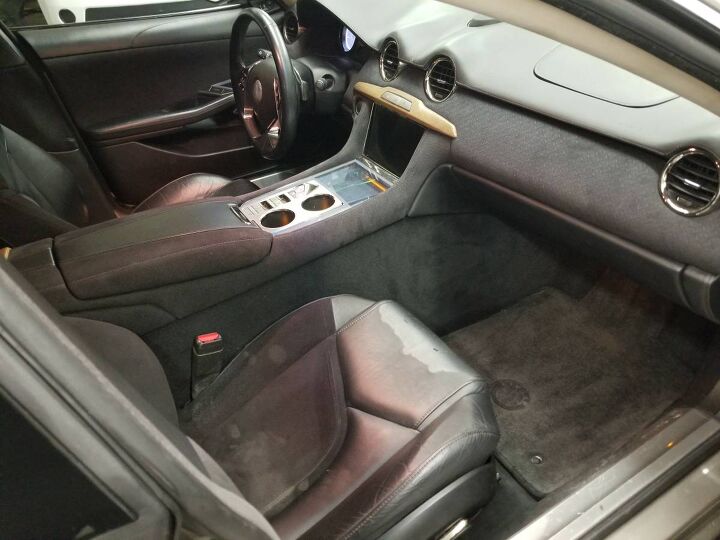
















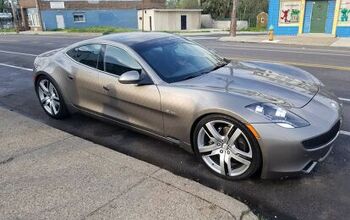
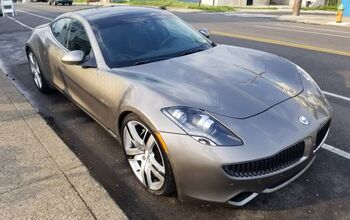
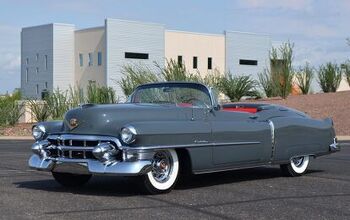
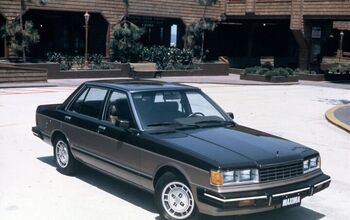
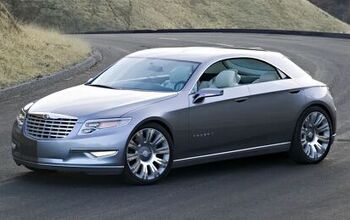










Comments
Join the conversation
Hopefully Karma rear seat passengers only had outboard arms.
Recent accident? That deck lid gap on the LH side looks large enough to shove a few fingers in there. (You'll have to pull up the other photos on the CL ad)